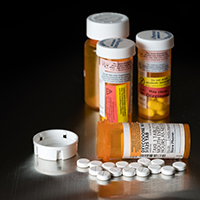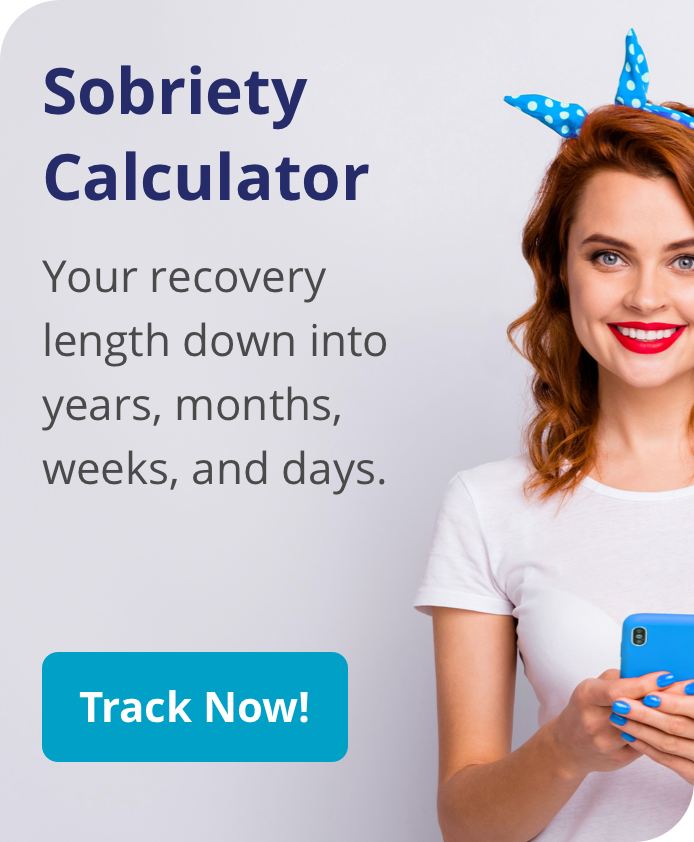 Year in and year out, prescription pain relievers rank among the most abused medications in the U.S.[i] People who consume these medications improperly can develop symptoms of a condition called opioid use disorder. There are a range of effective treatments for this condition. One option is to enroll in an abstinence-based treatment program, while another option is to replace pain reliever misuse with controlled intake of certain maintenance medications. This second method is also called medication assisted treatment.
Year in and year out, prescription pain relievers rank among the most abused medications in the U.S.[i] People who consume these medications improperly can develop symptoms of a condition called opioid use disorder. There are a range of effective treatments for this condition. One option is to enroll in an abstinence-based treatment program, while another option is to replace pain reliever misuse with controlled intake of certain maintenance medications. This second method is also called medication assisted treatment.
Common Prescription Painkillers
Opioid pain relievers all come directly or indirectly from substances found in the opium poppy that is native to South Asia. The list of the active ingredients found in the most widely prescribed painkillers[ii] includes:
- Morphine
- Codeine
- Hydrocodone
- Oxycodone
Codeine only comes in generic form. However, some of the most popular painkillers are produced under patented brand names. For example, oxycodone is the sole pain reliever in OxyContin, and the main pain reliever in Percocet and Percodan. Branded products that contain hydrocodone include Lorcet, Vicodin and Lortab. Branded products that contain morphine include Avinza and Kadian. A powerful synthetic opioid medication called fentanyl serves as the pain-relieving ingredient in Duragesic.
Opioid Use Disorder Facts
The opioid use disorder[iii] diagnosis applies to all cases of prescription opioid addiction, as well as all cases of addiction associated with the intake of illicit opioid drugs. The federal Substance Abuse and Mental Health Services Administration (SAMHSA) reports that in 2016, roughly 3.3 million Americans over the age of 11 improperly consumed prescription pain relievers.
This was the equivalent of approximately 54 percent of all people involved in any form of medication misuse. SAMHSA also records the number of people misusing prescription painkillers who qualify for an opioid use disorder diagnosis. In 2016, almost two million people over the age of 11 fell into this category. In stark contrast, only 300,000 people had serious problems related to the use of an opioid street drug.
Detox Begins the Process
Treatment for prescription painkiller addiction begins with medical detoxification or detox[iv]. This medically monitored process is designed to allow addicted people to withdraw from excessive medication consumption in a safe, controlled environment. Withdrawal symptoms[v] that often appear early on in detox include:
- Uncontrolled yawning and tear production
- Increased mucus production
- Increased sweat production
- Periods of mental agitation
- Sleeplessness
- Bouts of unusual anxiousness
- Achy muscles
As detoxification reaches it latter stages, additional symptoms may include:
- Widened or dilated pupils
- Cramping in the abdominal region
- Nausea followed by vomiting
- Loose bowels
The amount of time needed to complete the withdrawal process depends on the severity of pain reliever addiction. In turn, the severity of addiction depends largely on the extent of pain reliever misuse.
Need More Information?
Call now to be connected with one of our friendly, helpful admissions specialists.Maintenance Therapy
Not all programs for prescription pain reliever addiction set abstinence as a final goal. Instead, some programs aim to eliminate the uncontrolled, excessive use of opioids and replace it with strictly controlled medication intake. The accepted name for this approach is maintenance therapy. Some maintenance-oriented programs rely on the use of buprenorphine, while others rely on the use of methadone or naltrexone. Doctors can prescribe buprenorphine in their own offices. However, only federally licensed facilities can administer methadone.
The National Institute on Drug Abuse notes that many people have mistaken beliefs about maintenance therapy as a treatment for opioid-related problems. For example, some people believe that use of buprenorphine or methadone just creates a new form of addiction[vi]. However, these medications are used to relieve addiction-related symptoms – not create new ones. In addition, some people believe that most buprenorphine recipients abuse this medication during treatment. In fact, buprenorphine abuse accounts for only a miniscule percentage of all forms of medication misuse.
Medication-Assisted Treatment
People detoxing from prescription painkillers may receive help in the form of medication-assisted treatment, or MAT[vii]. MAT for opioid withdrawal starts with the use of any one of three medications: buprenorphine, methadone or naltrexone. Use of these medications provides benefits that can include:
- Milder withdrawal symptoms
- Weaker cravings for opioid use
- Correction of some of the changes in brain chemistry that support addiction
- Reduced susceptibility to an opioid “high”
- Improved body function
MAT programs combine medication use with participation in some form of behavioral psychotherapy. Behavioral approaches that produce positive results for people dealing with opioid addiction include:
- Contingency management (CM)
- 12-Step Facilitation Therapy
- Community reinforcement approach (CRA) plus vouchers
The Role of Behavioral Health Counseling in Treatment Programs
Behavioral psychotherapy is a key part of all effective treatments for painkiller addiction, not just MAT. Each therapy used for this purpose has its own specific benefits. For instance, participation in contingency management can help convince program enrollees to avoid pain reliever consumption and stick to their overall treatment plan.
Participation in 12-step facilitation therapy increases the odds that program enrollees will seek additional help through membership in a mutual self-help group. CRA plus vouchers helps people recovering in intensive outpatient programs meet their goals for such things as vocational training, healthy social interaction and recreation.
Choosing Treatment Options
Together, Summit Detox and Transformations Treatment Center provide effective help and treatment options for people addicted to prescription pain relievers. At Summit, our clients undergo medically monitored detoxification for drugs and alcohol.
Once the detox process is complete, clients can transfer to Transformations or another treatment facility. Our staff of addiction specialists creates a treatment plan designed for the individualized needs of each client. Available treatment options include our Young Adult, Adult, Veterans, First Responders recovery programs.
- Substance Abuse and Mental Health Services Administration: Key Substance Use and Mental Health Indicators in the United States – Results from the 2016 National Survey on Drug Use and Health https://www.samhsa.gov/data/sites/default/files/NSDUH-FFR1-2016/NSDUH-FFR1-2016.htm#sud7
- National Institute on Drug Abuse for Teens: Prescription Pain Medications (Opioids) https://teens.drugabuse.gov/drug-facts/prescription-pain-medications-opioids
- American Psychiatric Association: Opioid Use Disorder – Diagnostic Criteria
https://pcssmat.org/wp-content/uploads/2014/02/5B-DSM-5-Opioid-Use-Disorder-Diagnostic-Criteria.pdf - National Institute on Drug Abuse: Understanding Drug Abuse and Addiction – What Science Says: 8. Medical Detoxification
https://www.drugabuse.gov/publications/teaching-packets/understanding-drug-abuse-addiction/section-iii/7-medical-detoxification - U.S. National Library of Medicine – MedlinePlus: Opiate and Opioid Withdrawal https://medlineplus.gov/ency/article/000949.htm
- National Institute on Drug Abuse: Principles of Drug Addiction Treatment – A Research-Based Guide (Third Edition)
https://www.drugabuse.gov/sites/default/files/podat_1.pdf - Substance Abuse and Mental Health Services Administration: Medication and Counseling Treatment
https://www.samhsa.gov/medication-assisted-treatment/treatment#medications-used-in-mat




